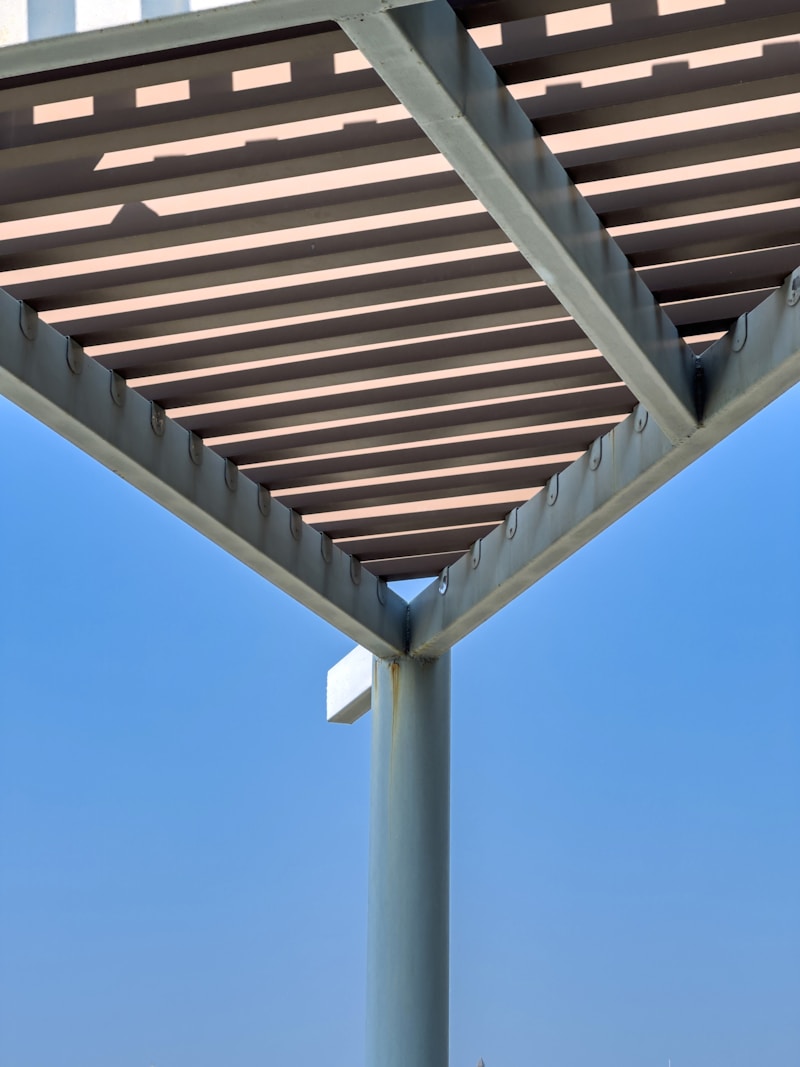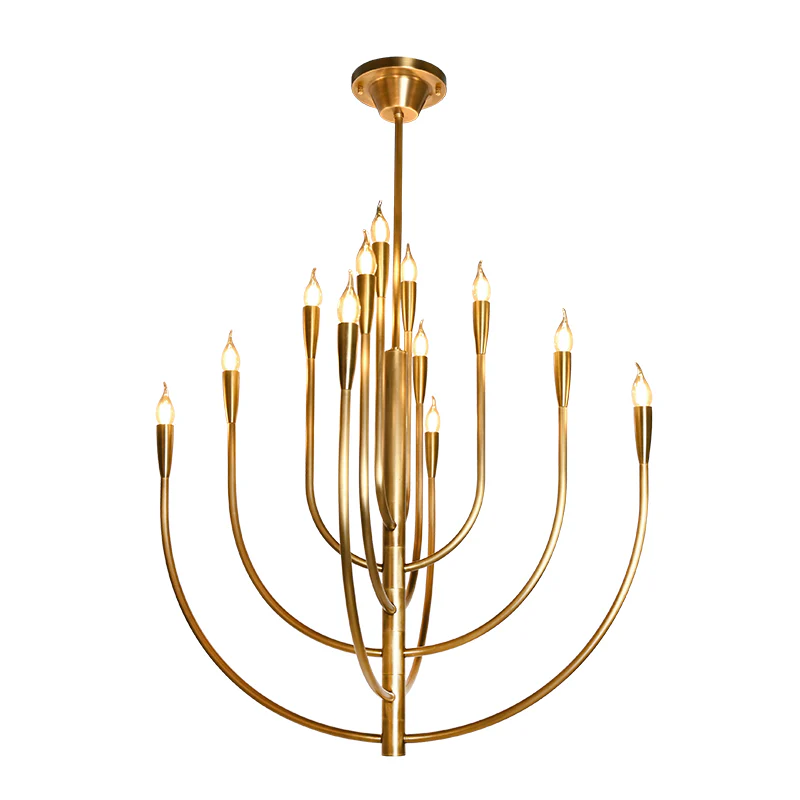Sustainable Outdoor Lighting Practices: Illuminate Your Space Responsibly
Sustainable Outdoor Lighting Practices: Illuminate Your Space Responsibly
In an era where sustainability is at the forefront of many global discussions, sustainable Outdoor lighting practices are vital for achieving environmentally-friendly landscapes. Whether you are planning to light up your garden, park, or commercial property, understanding how to implement sustainable lighting solutions can enhance safety, improve aesthetic appeal and significantly reduce energy consumption. This article will delve into various sustainable Outdoor lighting practices, their benefits, and practical applications.
Understanding Sustainable Outdoor lighting
Sustainable Outdoor lighting practices involve utilizing energy-efficient technologies and environmentally conscious designs to minimize the negative impact of outdoor illumination. This typically includes utilizing LED Lights, solar-powered fixtures, and smart control systems that adapt to their surroundings.
The Importance of Sustainable Lighting
With increasing global energy consumption, it is essential to adopt practices that mitigate environmental impact. Sustainable Outdoor lighting can help:
- Reduce electricity usage and cut utility bills.
- Minimize light pollution, preserving nocturnal wildlife and the night sky.
- Enhance safety and security without unnecessary energy expenditure.
- Promote eco-friendly living and raise awareness about sustainability.
Key Elements of Sustainable Outdoor lighting
There are several key practices that contribute to effective sustainable Outdoor lighting:
| Practice | Description | Benefits |
| Energy-efficient Lighting | Using LED technology or compact fluorescent lamps (CFLs). | Lower energy consumption, longer lifespan. |
| Solar-powered Solutions | Utilizing solar panels for Outdoor lighting systems. | No electricity cost, renewable energy source. |
| Smart Controls | Installing motion sensors and timers. | Automatically reduce energy use during low traffic. |
| Proper Placement | Strategically installing fixtures to reduce light spill. | Minimized light pollution, targeted illumination. |
| Use of Dark Sky Approved Fixtures | Choosing fixtures designed to prevent light trespass. | Protection of wildlife and improved visibility. |
Implementing Sustainable Outdoor lighting
Implementing sustainable Outdoor lighting practices requires planning and consideration of various factors. Here’s a step-by-step guide:
1. Assess Your Lighting Needs
Begin by evaluating the area to be illuminated. Identify focal points - pathways, stairs, gardens, and other critical zones requiring light. Also, consider the time of usage; will the lights be on during the night only or also during the day?
2. Choose the Right Type of Lighting
Opt for energy-efficient bulbs such as LEDs or solar-powered lights. LEDs can reduce energy consumption by up to 75% compared to traditional incandescent bulbs, while solar lamps harness sunlight to provide free illumination. For larger areas, install photocells that automatically turn lights on/off based on natural light availability.
3. Design for Efficiency
Design your Outdoor lighting layout thoughtfully. Group fixtures to focus light where it’s needed most, and avoid up-lighting that can cause light pollution. Consider using lower wattage lights and adjust brightness for safety in public spaces.

4. Integrate Smart Technology
Smart lighting systems allow for better control. Utilize motion sensors to ensure lights are only on when necessary, and timers to align lighting with peak usage times. These technologies can save energy and reduce costs.
5. Regular Maintenance
Evaluate and maintain your lighting system regularly. Ensure fixtures are clean and functioning correctly to maximize efficiency. Replace any burnt-out bulbs promptly to maintain safety and ambiance.
Case Studies and Examples
Many cities and organizations are now adopting sustainable Outdoor lighting practices. For instance:
- Los Angeles, California: The city has replaced over 140,000 street lights with LED fixtures, resulting in significant energy savings and reduced greenhouse gas emissions.
- The University of Florida: Implemented solar-powered lights on campus pathways, enhancing safety while tapping into renewable energy sources.
Common Questions About Sustainable Outdoor lighting
As people explore sustainable Outdoor lighting, several questions often arise:
- What is the lifespan of LED Lights? LED Lights typically last between 15,000 to 50,000 hours, making them a highly durable option.
- How can I choose the right solar lighting? Look for lights with high lumen output, a trustworthy brand, and good reviews regarding their performance in various weather conditions.
- Does sustainable lighting really save money? Yes, while the initial investment may be higher, the reduction in energy costs and maintenance make it cost-effective in the long run.
Conclusion
In summary, adopting sustainable Outdoor lighting practices is crucial for reducing our environmental footprint while still achieving necessary illumination for safety and Aesthetics. The transition to energy-efficient technologies, smart controls, and eco-friendly designs can significantly enhance outdoor spaces. By implementing the practices outlined above, you will not only improve the sustainability of your property but also contribute to a healthier planet.
As you explore the world of Outdoor lighting, consider investing in solutions that benefit both you and the environment. Always stay updated with emerging technologies and practices to ensure your lighting approach remains sustainable.
Remember, a well-lit environment should not only be visually appealing but should also align with our collective goal of sustainability. Happy lighting!
